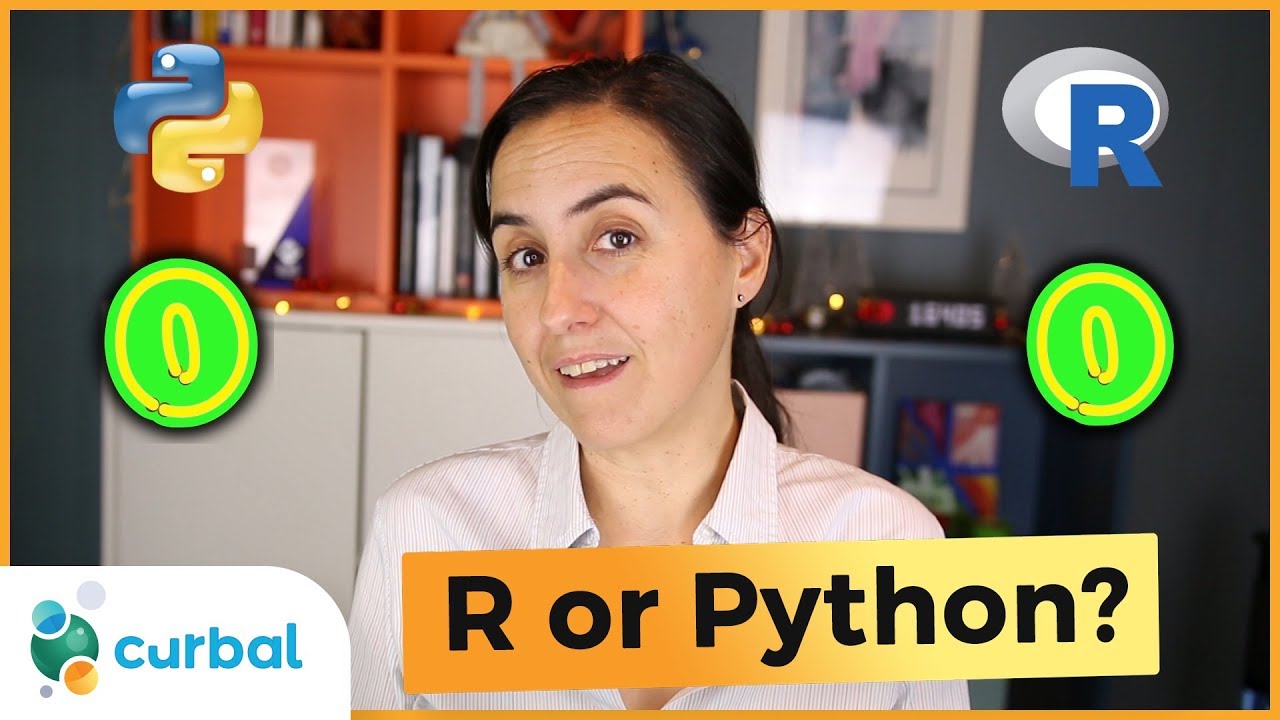After Data Challenge 8 there was some significant interest in the machine learning applications within Power BI and I’ve been asked to put together some resources to help people implement machine learning in their Power BI reports as well as some tools to help them learn machine learning. I have a passion for machine learning and especially for bringing these types of advanced analytics to a larger audience. Power BI has been one of the best tools I have found that this can be done in a way that both allows the average person to leverage these models in an easy to understand tool without requiring an advanced understanding of data science, machine learning, and statistics, but still allows someone with that understanding to leverage that knowledge, optimize those models, and get the same degree of quality they are used to in other analytics platforms.
Machine Learning within Power BI
There’s a two main ways to integrate a machine learning model into Power BI: as a visual or as a query within Power Query or as a visual (you can connect to a machine learning model through a dataflow, direct connection, or live connection but not everyone has the resources to do so, so I’m not going to go over these at the moment). Within Power BI, the two most common programming language used for machine learning are R and Python (personally, I tend to favor R but that is purely a personal choice), but there are other programming languages that can be used for machine learning. But since these are the most popular ones I am going to focus on these two for now. Additionally, I am going to break this post out into two parts. The first part will provide resources for learning R and Python, resources for integrating R and Python into Power BI, and resources for learning machine learning., integration while the second part I will walk through some examples of using machine learning in Power BI and Part 2 will cover machine learning in Power BI.
**Updated: I’ve decided to add a section at the bottom for recommendations from the EDNA Community.
Learn R & Python
Summary
While it is possible to deploy some machine learning models without any R or Python programming, you will find that understanding these languages will significantly help assist you when you create and tweak your models. I highly suggest using Datacamp, Coursera, and edX for learning either programming language. There’s a number of excellent books as well that I’ll add later on, but if you want to get started right now, these are three of the best resources for learning. If you have any resources that have helped you, just let me know.
-
Datacamp
- Python – Introduction to Python
- R – Learn R with DataCamp
-
Coursera
- Python – Python Programming Essentials
- R – R Programming
-
edX
- Python – Learn Python with edX
*R – Learn R with edX
- Python – Learn Python with edX
-
DataFlair: This recommendation comes from @GuyJohnson. I did not personally use DataFlair in my data science journey, but after looking through their catalog and trying a few of their courses I whole heartedly agree that this is another amazing resource.
- Python – Getting Started with Python
- R – Learn R with edX
Integrating Python and R into Power BI
Summary
There’s a two main ways to integrate a machine learning model into Power BI: as a visual or as a query within Power Query or as a visual (you can connect to a machine learning model through a dataflow, direct connection, or live connection but not everyone has the resources to do so, so I’m not going to go over these at the moment).
Visuals
Power Query
Learn Machine Learning
Summary
- Datacamp
- Coursera
-
edX
- Python – Python Basics for Data Science
- R – Data Science: R Basics
- DataFlair: Again, a great recommendation from @GuyJohnson.
Additional Resources
Summary
- R – Introduction to Statistical Learning - Great recommendation from @AntrikshSharma! (Accompanying Videos and Slides)
Part 2 is out now. I will be updating this post to include more resources in the future.
